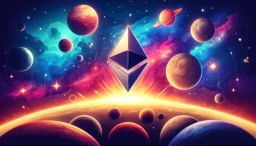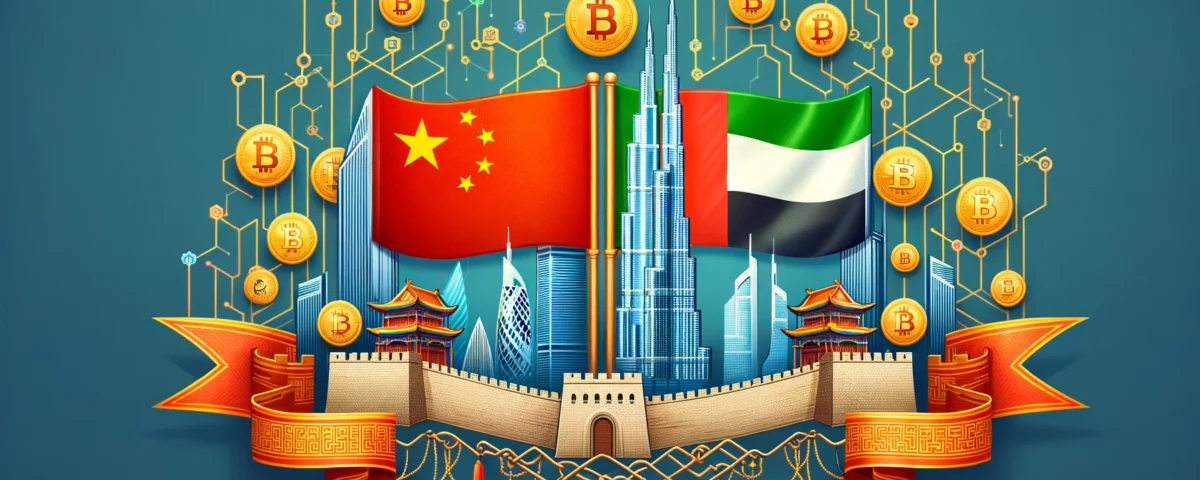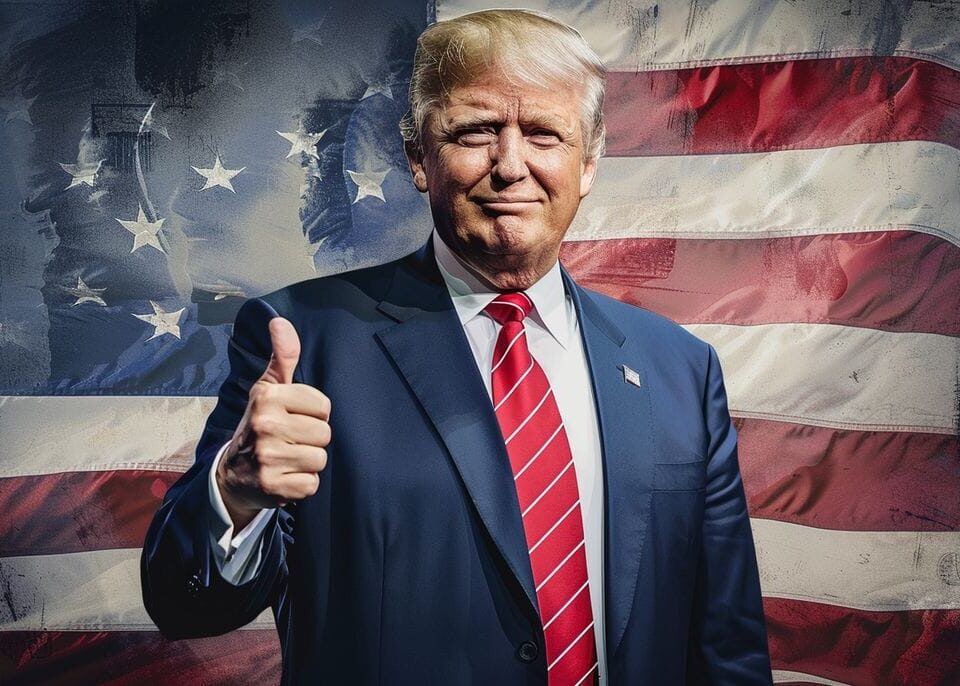
Ark Invest Withdraws from Ether ETF Race, 21Shares Presses On with Rebranded Fund
03/06/2024
What Is Hamster Kombat? The Telegram Crypto Game and Airdrop
08/06/2024China and UAE Pledge Joint Efforts to Combat Cryptocurrency-Related Crimes
China and the United Arab Emirates (UAE) have vowed to strengthen their collaboration in addressing cybercrime linked to cryptocurrency. This commitment was announced in an official joint statement on May 30, following the state visit of UAE President Mohammed bin Zayed Al Nahyan to China.

Rising Crypto Fraud
The joint declaration comes amid a surge in cryptocurrency fraud in Hong Kong between 2022 and 2023. The statement specifically highlights concerns over telecommunications network fraud and online gambling. Both countries are determined to tackle illegal activities exploiting cryptocurrencies, underscoring a shared resolve to address these issues comprehensively.
Broader Efforts Against Illicit Activities
In addition to cybercrime, China and the UAE emphasized their dedication to combating money laundering, human trafficking, drug trafficking, and illegal immigration. These efforts are part of a broader initiative to curb illicit financial flows, which can involve digital assets.
While the statement did not detail specific regulations targeting cryptocurrencies, it emphasized a coordinated approach by both nations to prevent the misuse of crypto technologies.
Economic and Trade Collaboration
Beyond security measures, the joint statement highlighted the importance of fostering bilateral trade and investment partnerships. Both nations committed to promoting trade, facilitating investment, and developing tourism through the Joint Economic and Trade Committee.
Focus on Central Bank Digital Currencies (CBDC)
A significant aspect of the joint statement was the acknowledgment of central bank digital currencies (CBDC) in enhancing cross-border trade and investment. China and the UAE reiterated their commitment to deepening bilateral and multilateral cooperation under the Memorandum of Understanding on Strengthening Central Bank Digital Currency Cooperation, signed by their central banks.
China commended the UAE for its pioneering achievement in completing the first direct cross-border CBDC transaction, the “Digital Dirham,” valued at 50 million dirhams through the “Multilateral Central Bank Digital Currency Bridge (mBridge)” platform. This milestone transaction has paved the way for new trade and investment opportunities between the two nations.
Future Prospects
As reported earlier by crypto.news, the Hong Kong Monetary Authority (HKMA) is working on two CBDC-related projects: MBridge and e-HKD. The central banks of Hong Kong, China, Thailand, and the UAE, along with HKMA, are developing MBridge, a cross-border central bank digital currency initiative. This project, expected to launch by mid-2024, could provide an alternative to Swift’s dominant payment infrastructure, potentially leading to further payment fragmentation across regions.
Additionally, HKMA is progressing on the e-HKD project, which explores various use cases for digital currency, including payments, deposits, and investment scenarios.
Conclusion
The collaboration between China and the UAE marks a significant step towards addressing cryptocurrency-related crimes and enhancing financial security. By fostering economic and trade partnerships and advancing CBDC initiatives, both nations aim to harness the potential of digital currencies while mitigating associated risks. This coordinated approach reflects a broader commitment to innovation and security in the evolving landscape of digital finance.
Links:
-

What is Blockchain
-

Ethereum Foundation to Implement Conflict of Interest Policy Following EigenLayer Controversy
-

Shiba Inu Whales Stock Up on 30 Trillion SHIB Amid Price Slump




